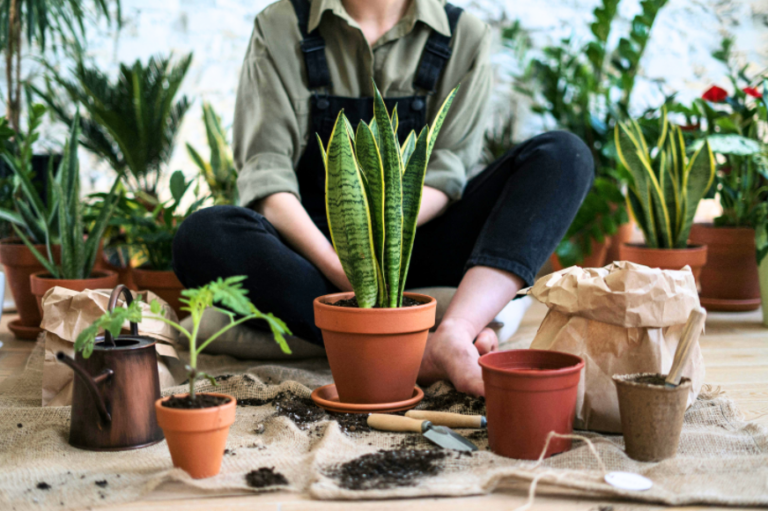Introduction
Starting a home garden is a fulfilling endeavour with numerous benefits, from fresh produce to a beautiful landscape. The process can seem daunting for beginners, but anyone can cultivate a thriving garden with proper guidance. This guide will get you through the essential steps to start your home garden, ensuring success from the ground up.
Choosing the Right Location
The first step in starting a home garden is selecting an ideal location. Your garden needs at least six hours of sunlight daily. Look for an area that offers good soil drainage and is easily accessible for maintenance.
Consider Your Climate
Understanding your climate is crucial for gardening success. Different plants thrive in various conditions. Utilize the USDA Plant Hardiness Zone Map to limit your zone and select plants well-suited to your area.
Preparing the Soil
Healthy soil is the foundation of a successful garden. Start by testing your soil’s pH and nutrient readings. You can buy soil testing tools or submit a sample to a local extension service.
Improving Soil Quality
If the soil lacks nutrients, consider adding organic matter such as compost, aged manure, or leaf mould. These materials improve soil structure, drainage, and fertility. Additionally, consider incorporating perlite or sand to enhance soil aeration and prevent compaction.
Selecting the Right Plants
Selecting the appropriate plants for your garden hinges on your goals and preferences. Do you intend to grow vegetables, herbs, flowers, or all three?
Easy-to-Grow Vegetables for Beginners
- Tomatoes: Require full sun and well-drained soil.
- Lettuce: Overgrows and can be harvested multiple times.
- Radishes: Fast-growing and can be planted in early spring.
Planting Your Garden
Once your plants and location are ready, it’s time to start planting. Follow the spacing guidelines on seed packets or plant labels to ensure your plants have enough room to grow.
Direct Sowing vs. Transplanting
Some plants can be sown directly into the garden, while others benefit from being started indoors and transplanted. Direct sowing works well for root vegetables like carrots and radishes. Transplanting is ideal for plants like tomatoes and peppers that need a head start.
Watering and Maintenance
Proper watering is essential for plant health. Water your garden in the early morning to reduce evaporation and enable plants to retain moisture before the day’s heat.
Mulching
Mulching helps retain soil moisture, suppress weeds, and regulate soil temperature. Organic mulches like straw, wood chips, or grass clippings are beneficial.
Pest and Disease Management
A healthy garden is less susceptible to pests and diseases. Practice crop rotation and companion planting, and use natural pest control techniques to maintain your garden’s health.
Natural Pest Repellents
- Neem Oil: Works well against a wide range of pests.
- Garlic Spray: Deters aphids and other insects.
- Beneficial Insects: Ladybugs and lacewings help control pest populations.
Gathering Your Harvest
Understanding the timing and method for harvesting your produce is essential to savouring the rewards of your efforts. Harvest vegetables at their peak ripeness to guarantee the best flavour and nutritional value.
Storing Your Harvest
Proper storage prolongs the life of your produce—store vegetables like potatoes and onions in a cool, dark place. Keep leafy greens in a plastic bag with a damp paper towel in the refrigerator.
Conclusion
Starting a home garden is a rewarding process that requires planning, effort, and dedication. You can enjoy fresh, home-grown produce and a beautiful outdoor space by choosing the right location, preparing the soil, selecting appropriate plants, and maintaining your garden. Happy gardening!
- Growing Bonsai: Tips for Miniature Tree Enthusiasts
- Buying Bonsai: Tips for Selecting Your Perfect Tree
- Bonsai Potting: Essential Tips for Tree Care Success
- Bonsai Maintenance: Essential Care for Tiny Trees
- Mastering the Art of Shaping Bonsai: A Beginner’s Guide
Source: How To Start A Home Garden


